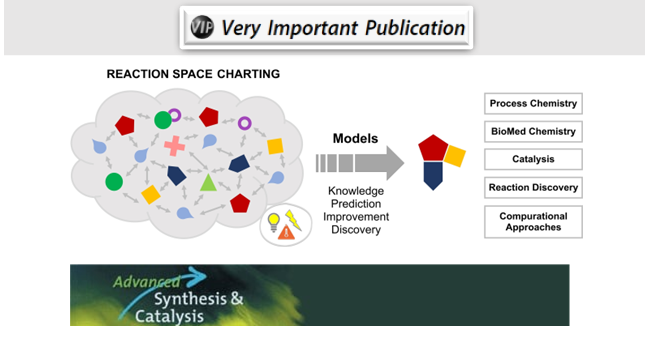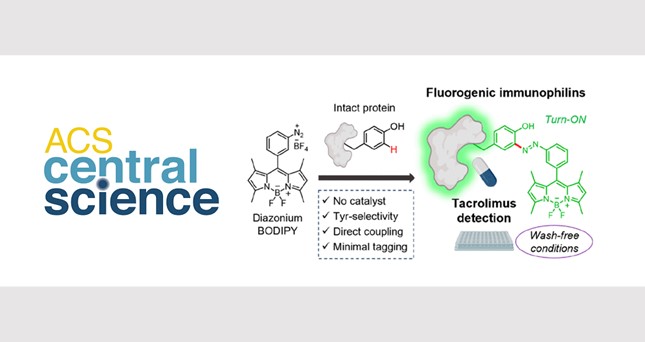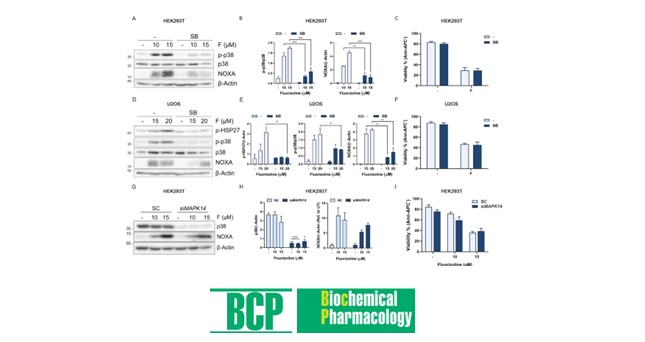Eloy Lozano Baró, Pau Nadal Rodríguez, Jordi Juárez-Jiménez, Ouldouz Ghashghaei*, Rodolfo Lavilla*
https://doi.org/10.1002/adsc.202301205
The chemical and reaction spaces are incredibly vast and special procedures are required to study them. Their complex and multiparametric nature encompass myriads of compounds and interactions and endless modifications involving the distinct impact of relevant variables (temperature, solvent, stoichiometry, etc.). This often calls for the design, collection, and analysis/interpretation of large datasets. Reaction charting, the systematic scanning, description, analysis, and guided modifications of a given process, stands as the most promising approach. It offers fast and accurate solutions as well as expanding the knowledge about the systems. This deeper understanding enables reliable predictions, improvement of the productivity (yields, scope), eventually leading to sustainable, economic, and safe applications. The present review introduces the topic, analyzing selected examples and recent advancements in different organic chemistry-related fields. The covered methodologies range from classical experimentation modifying one factor at a time, to Design of Experiments and more modern computational approaches involving Machine Learning and Artificial Intelligence. In this way, the impact of charting in process development, biological and medicinal chemistry, catalysis, reaction discovery and computational methods is accounted. Finally, the conclusion/outlook section gives a general appraisal and a prospect on the future implementation of the methodology.



